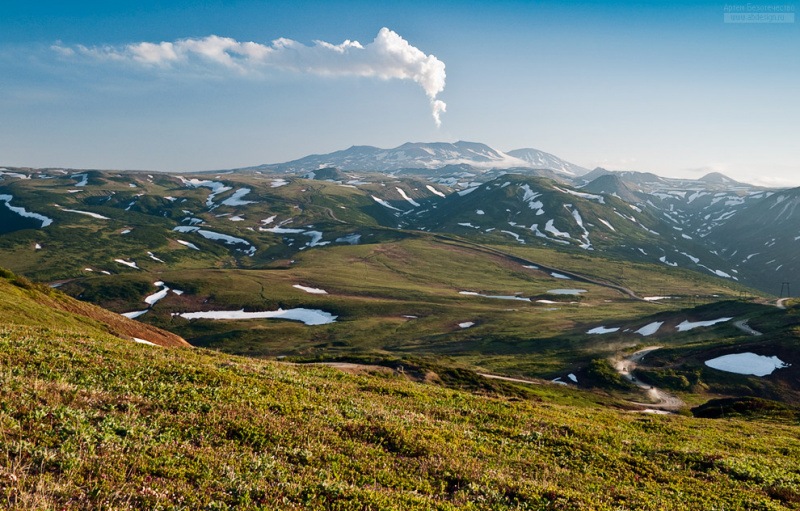Researchers from the Vernadsky Institute of Geochemistry and Analytical Chemistry of the Russian Academy of Sciences (GEOHI RAS) have concluded that volcanic activity in Kamchatka can lead to contamination of local reservoirs with dangerous metals, with ordinary lichens acting as an unexpected “intermediary” in this process. These organisms, which are among the first to inhabit fresh lava fields, play a key role in the release of toxic elements from volcanic rocks.

In the course of experiments, scientists at GEOHI RAS studied how basalt lavas and slag from the Tolbachik volcano interact with natural organic acids. Oxalic acid and acetic acid were chosen as such acids, which are actively secreted by lichens, mosses and grasses common in Kamchatka. It turned out that under their influence, iron, manganese, copper, aluminum and cobalt are intensively washed out of volcanic rocks, then falling into surrounding rivers and lakes.
Lichens, especially their crusty varieties, are known for their ability to colonize rocky surfaces. In the course of their vital activity, they enter into chemical interaction with minerals, which leads to the formation of oxalates, salts of oxalic acid. Scientists believe that this mechanism could be the reason for the spikes in heavy metal concentrations in the Kamchatka River recorded in 2015-2016. These events are associated with the leaching of fresh food from the large-scale eruption of the Tolbachik volcano that occurred in 2012-2013.
Experimental data have shown that the destruction of rock-forming minerals under the action of organic acids leads to the mobilization of trace elements. For example, oxalic acid is able to reduce iron and manganese compounds to their more soluble forms. The organic metal complexes formed in this case are much more stable in an aqueous solution, which makes it possible to achieve much higher concentrations of pollutants compared to exposure to clean water.
The figures are impressive: in the presence of oxalic acid, the copper content in the solution increased by 133 times, iron by 304 times, and aluminum by 526 times. Of particular concern is the increased concentration of cobalt. Its compounds are toxic to living organisms, including humans. During the leaching experiments, the cobalt content in the water exceeded the permissible limits by 2.5 times. This, according to GEOHI RAS experts, poses a real threat to the reproduction of fish stocks and the overall sustainability of Kamchatka’s unique river ecosystems.
